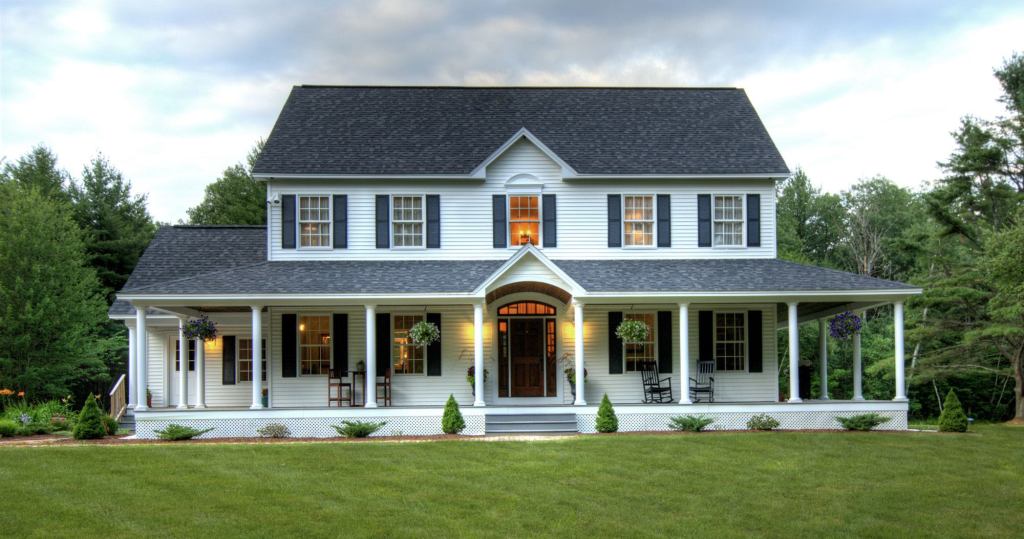2. DENSITY AND LOCATION
Home buyers concerned about long commutes and slowly-but-steadily rising gas prices will continue to drive the resurgence in close-in homes, experts say. Builders and developers will meet the demand by squeezing more single-family and multifamily units into neighborhoods that are in close proximity to mass transit, retail, and other services.
“We know people spend an enormous amount of time commuting, so location is going to emerge as a central theme in housing,” says Gail Vittori, co-director of the Center for Maximum Potential Building Systems, a non-profit specializing in life cycle planning and design.
In addition, LEED for Neighborhood Development, which was released by the USGBC last April, will lead a push for smart-growth principles such as the preservation of open space and creation of high-density housing that is accessible to transportation and shopping. The ongoing trend toward smaller house sizes will accelerate this year, according to many housing experts, with some dwellings shrinking to as tiny as 500 square feet. During a recession, even outbuildings are not considered too cramped to be converted into studios, in-law suites, or rental units, says Mary McLeod, single-family program coordinator of Austin Energy Green Building, one of the first green building certification programs in the country.
Preston Koerner, editor of the green building website JetsonGreen, predicts that the first “tiny house” subdivision isn’t far off. “Some people can and want to live with less,” he says of these small structures–some of which cost less than $20,000 to construct–that are popping up in California and Texas, from companies such as Tumbleweed Tiny House. While these shed-like dwellings are not going mainstream anytime soon, they do reflect the current attitude toward shrinking square footages, he adds.
The trend toward smaller houses will also be aided by Energy Star 2011, which went into effect Jan. 1 and penalizes larger homes with a size-adjustment factor that reduces the HERS index target threshold and requires additional energy efficiency measures. “It’s going to help change people’s perceptions,” Ehrlich says.
